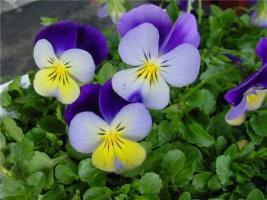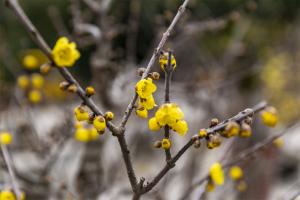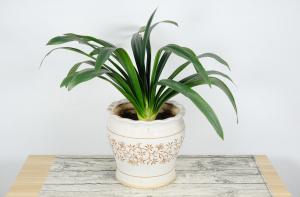1、 Is it suitable for indoor breeding
It is suitable for indoor breeding
When it blooms, the room is filled with fragrance, and the volatile oil can kill indoor bacteria and purify the air in the room. Moreover, its flowers also make people relaxed and happy. So it is very suitable to keep it indoors
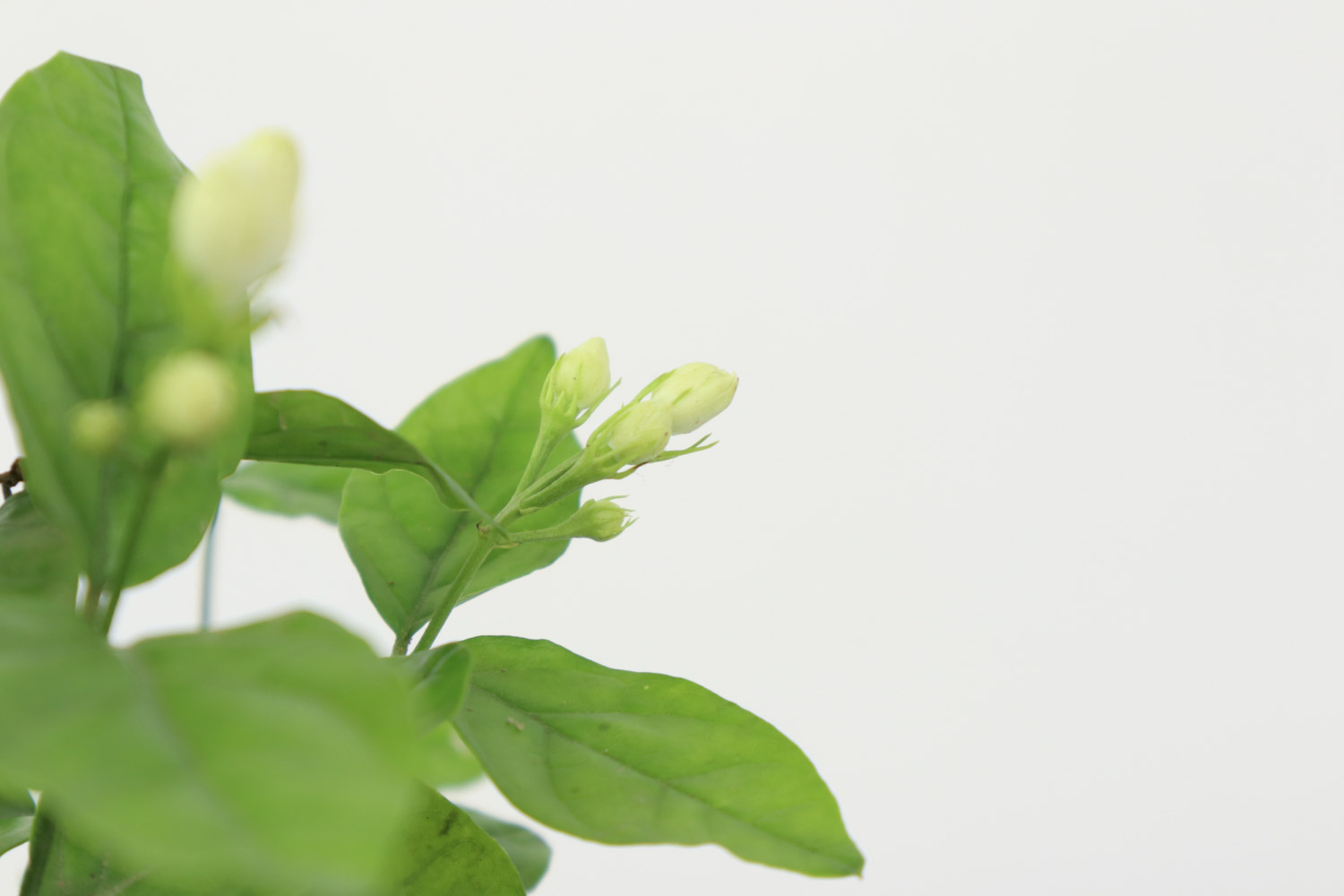
2、 Curing method
1. Soil
Before raising, the soil should be prepared first. It can be mixed with garden soil, river sand and base fertilizer. The soil is slightly acidic before it is suitable for its growth
2. Watering
It likes humidity and is not drought resistant, so it is necessary to keep the basin soil moist from time to time. In summer, water it once every morning and evening, and spray water on the leaves to cool and moisturize; In winter, it no longer grows and needs less water. At this time, watering should be reduced, and there should be no ponding at the root, otherwise it is easy to rot the root
3. Fertilization
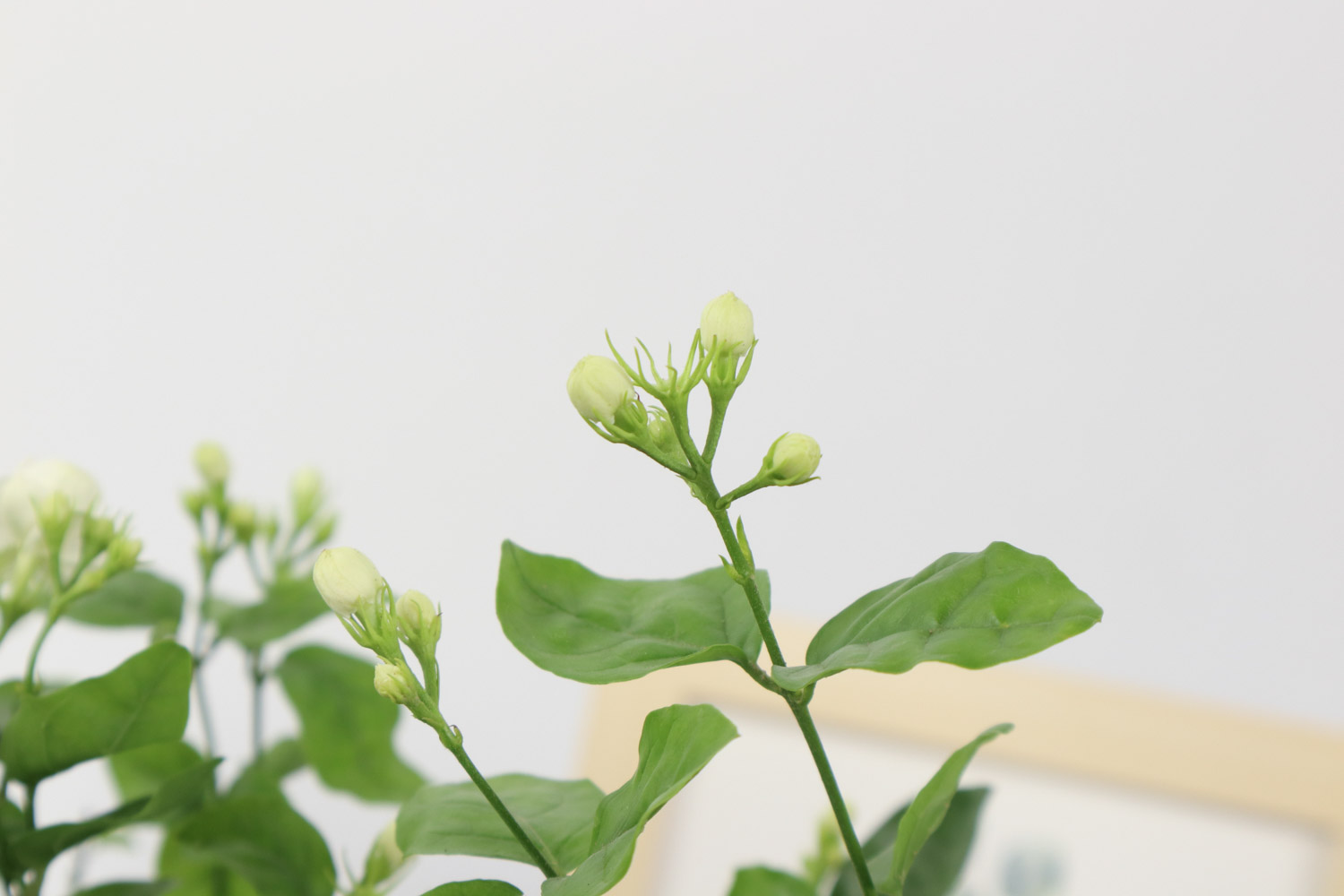
During the growth period, it is applied once a week; In the flowering period, apply once every 3 days, mainly phosphate fertilizer, and dilute it before use, otherwise the root will be burned; And in the flowering period, fertilizer and water can also be sprayed on the leaves to make it bloom as soon as possible
3. Illumination
It likes light, so if you keep it indoors, try to put it in a place with more sunshine, otherwise it will reduce the amount of flowering and the smell of flowers will be light. If you raise it in the south, you only need to keep it indoors in winter, but in the north, when you raise it indoors in winter, you need to keep it warm in time
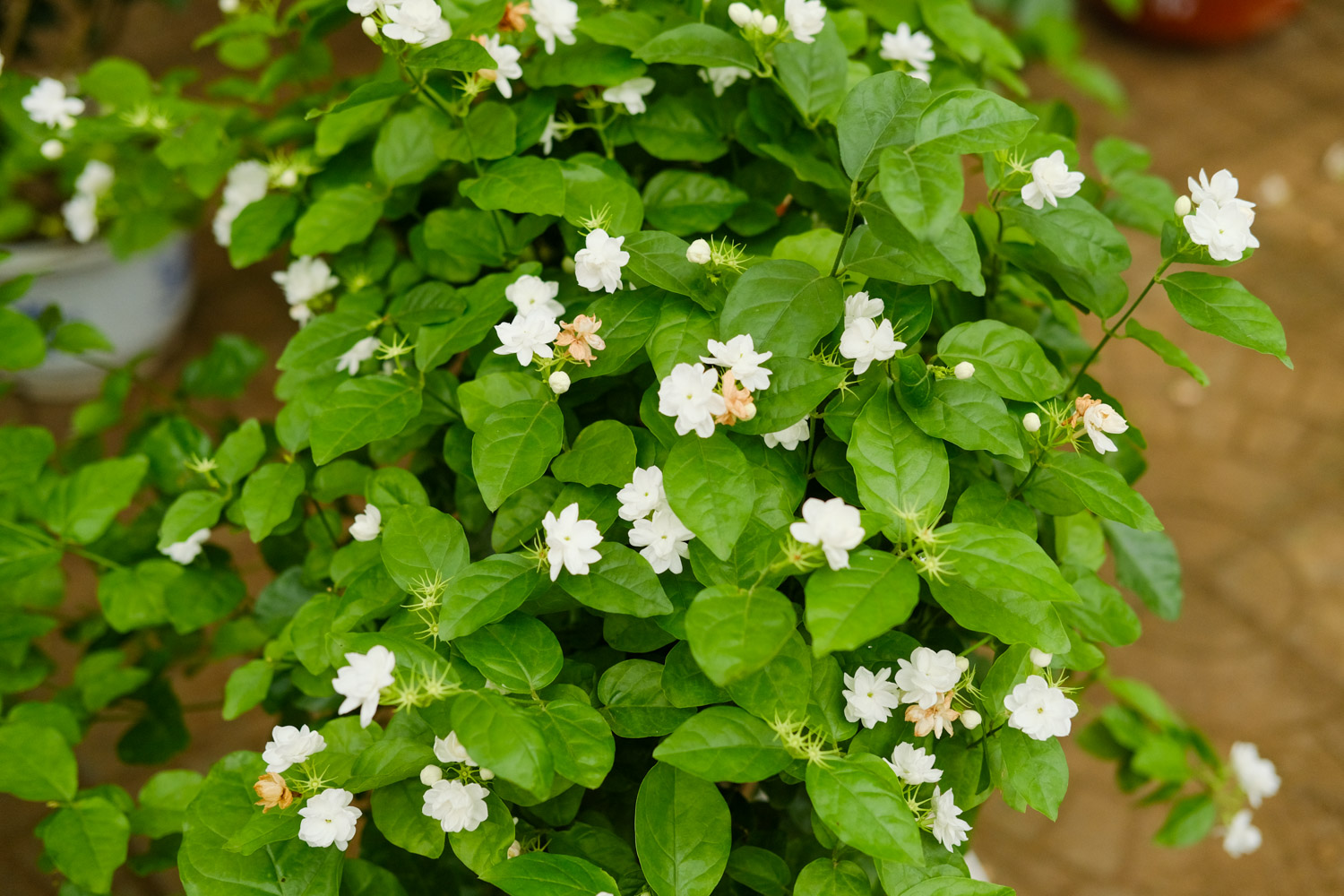
4. Diseases and insect pests
Because of its flower fragrance, it often attracts many diseases and pests, such as scale insects, moths and other insects. Therefore, when raising indoors, it needs timely ventilation and light, which can effectively reduce the incidence of pests. If it is infected first, it should be sprayed with potions, which can be effectively prevented

 jackfruit
jackfruit snake plant
snake plant hibiscus
hibiscus hydrangea
hydrangea lavender
lavender Green roses climb al...
Green roses climb al... If you don't pay att...
If you don't pay att... Management of four g...
Management of four g...
